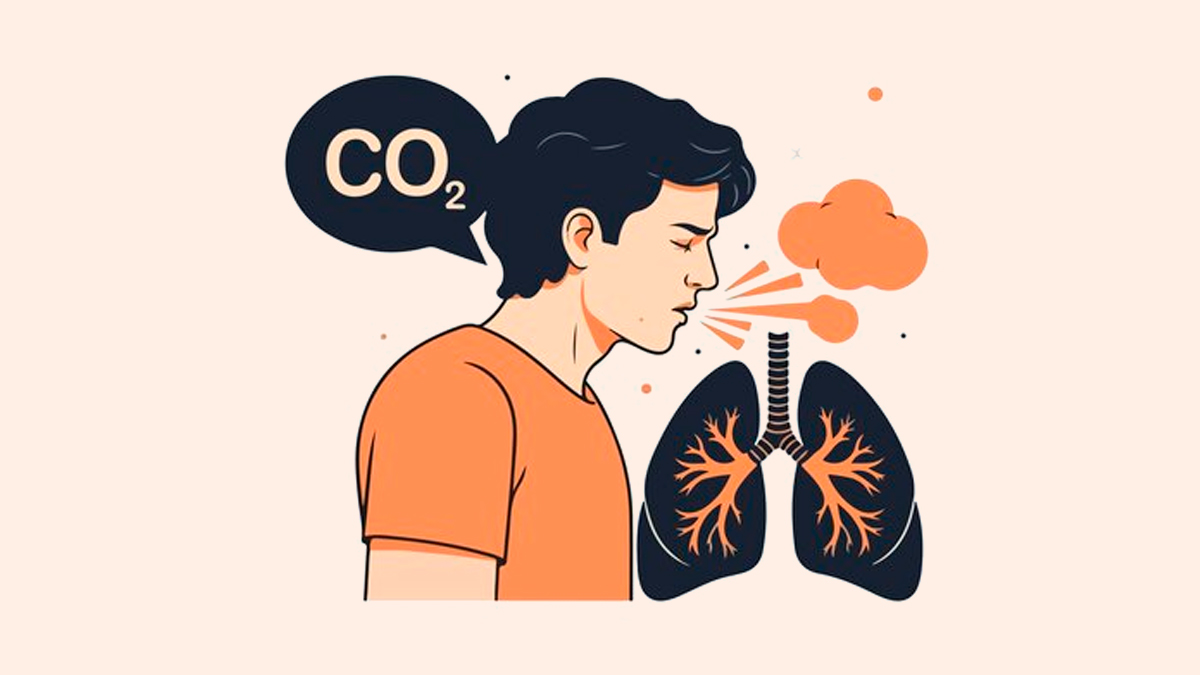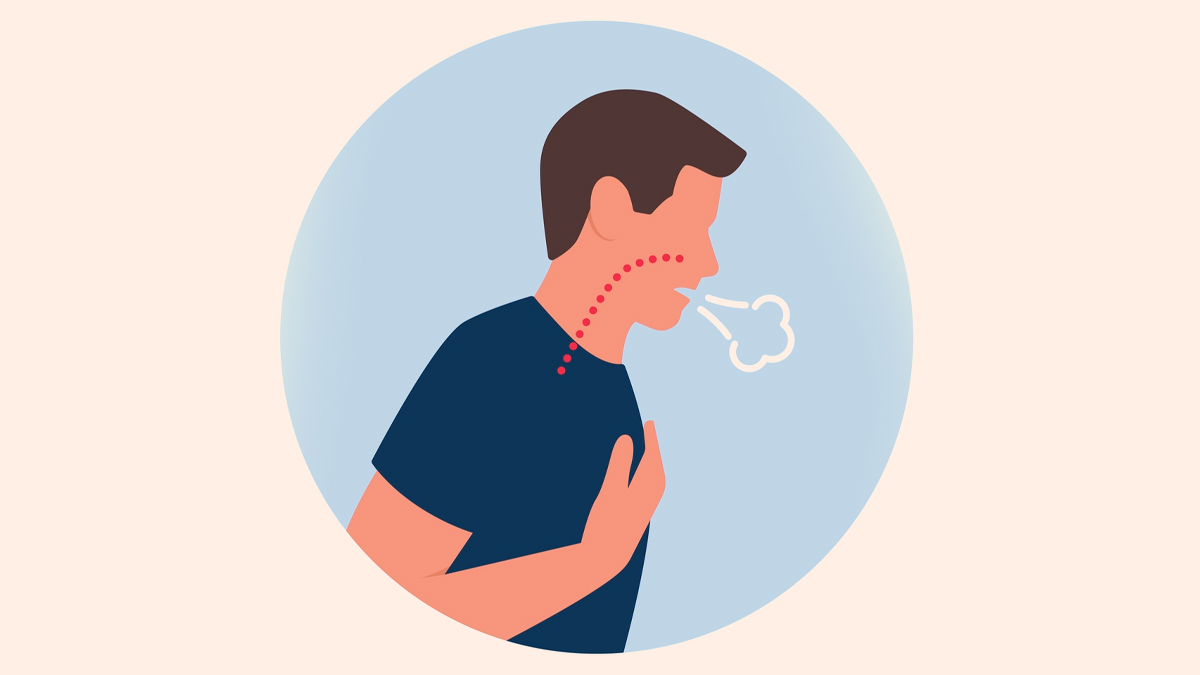
N-95 is a new addition to our ‘GRWM’ (Get Ready With Me) as pollution levels have skyrocketed in Delhi NCR and the surrounding areas. In the past week, the AQI (Air Quality Index) crossed the mark of 1,000 inviting a wave of memes on social media and not to forget, the disease threat due to it. With the air turning hazardous, stepping outdoors without a mask feels almost impossible.
Table of Content:-
While masks act as essential shields against pollution, they also bring up a pressing question: Are they entirely safe for prolonged use? With a mask on, aren’t we breathing in our own exhaled carbon dioxide? Is breathing carbon dioxide behind the mask safer?
To understand if breathing behind the mask is safer, OnlyMyHealth team interacted with Dr Roohi Pirzada, MBBS, Consultant – Physician, Mumbai.
Elevated CO2 Levels: A Cause for Concern?

Wearing masks for extended periods can trap exhaled CO2 in the space between the face and the mask, leading to elevated CO2 concentrations. Dr Pirzada highlights “The CO2 concentrations elevate behind N95 masks, cloth masks, and surgical masks. Even modestly elevated CO2 levels can cause dizziness, shortness of breath, headache, and other symptoms."
The problem is exacerbated with masks that have respirators, which are designed to provide a tighter seal. Dr Pirzada adds, "The masks with respirators increased CO2 by 6 to 7 times the normal concentration." This means that while respirators offer superior protection against airborne particles, they may also contribute to increased resistance to breathing, causing CO2 to accumulate more significantly.
The Science Behind CO2 Build-Up

To understand the potential risk, it’s essential to compare CO2 concentrations in fresh air versus behind a mask. Fresh air typically contains around 0.04% CO2. However, prolonged use of masks can lead to chronic exposure to CO2 levels ranging from 1.41% to 3.2%, according to Dr Pirzada. This dramatic increase is a result of the re-breathing of exhaled CO2 trapped within the mask.
Dr Pirzada explains, "Masks increase the resistance and space volume, leading to a re-breathing of CO2. Wearing masks for more than five minutes bears a possible chronic exposure to CO2 at elevated levels."
Health Implications of Elevated CO2

The symptoms of elevated CO2 exposure range from mild discomfort to more serious health risks. Dr Pirzada elaborates, "Higher concentrations of inhaling CO2 can give symptoms like rapid breathing, confusion, increased blood pressure, and heart rate." These symptoms, while concerning, generally occur under conditions of prolonged or improper mask use.
For instance, healthcare workers and individuals in high-risk environments who wear masks continuously for hours may experience such symptoms more frequently. However, for the average individual wearing a mask for shorter durations, these risks remain minimal, as the body is generally capable of adapting to modest increases in CO2.
Balancing Safety and Comfort
Despite these potential risks, masks remain a critical tool in preventing the spread of airborne diseases. The key lies in finding a balance between protection and comfort. To mitigate CO2 build-up, consider the following tips:
- Take short breaks from mask-wearing in safe, well-ventilated areas.
- Ensure your mask fits well but is not excessively tight.
- Alternate between mask types for comfort, prioritizing breathable materials where possible.
- Stay hydrated, as proper hydration supports optimal respiratory function.
Conclusion
The rise in CO2 levels while wearing masks underscores the importance of understanding how protective equipment impacts our health. As Dr Pirzada aptly points out, "Due to the pandemic, face masks have become so ubiquitous." While their benefits far outweigh the risks, awareness and proper mask use can minimize potential discomfort or adverse effects. By combining safety measures with practical adjustments, we can ensure masks continue to protect us without compromising our well-being.
Also watch this video
How we keep this article up to date:
We work with experts and keep a close eye on the latest in health and wellness. Whenever there is a new research or helpful information, we update our articles with accurate and useful advice.
Current Version